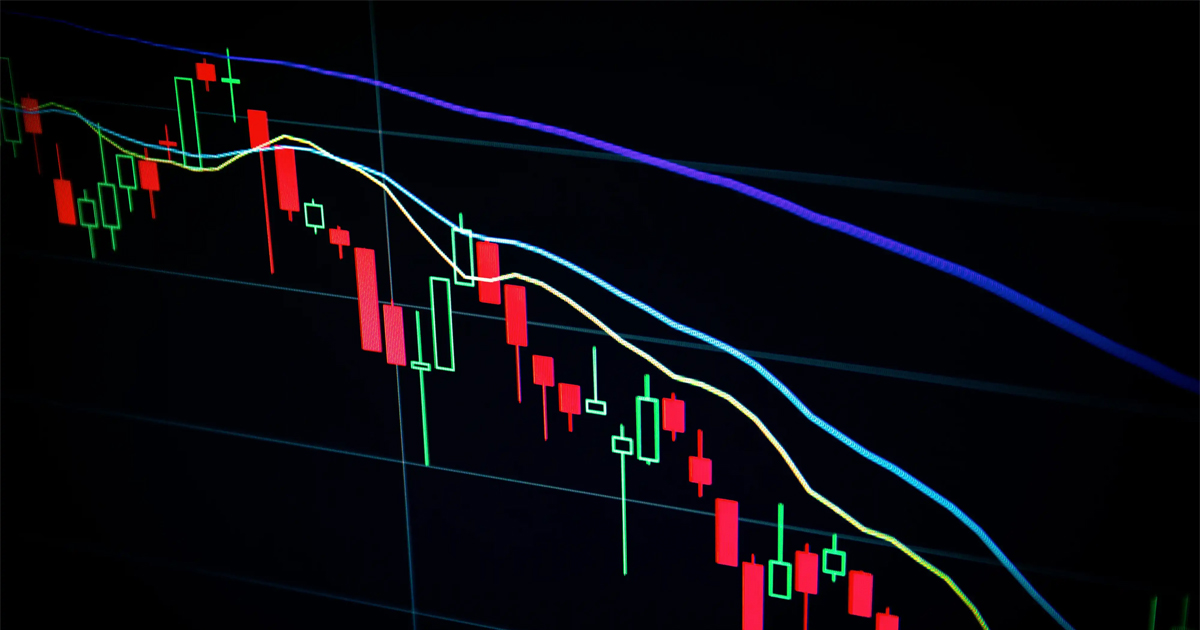Predictive analytics has emerged as a powerful tool in today’s data-driven world. By leveraging statistical algorithms and machine learning techniques, predictive analytics analyzes historical data to forecast future events or trends. This cutting-edge approach has found applications in numerous fields, including finance, marketing, and healthcare. In this article, we will delve into the fundamentals of predictive analytics, its various techniques, and its implications for these three sectors.
The Fundamentals of Predictive Analytics
Predictive analytics is a multidisciplinary field that encompasses various techniques, including data mining, statistics, modeling, machine learning, and artificial intelligence (AI). The primary objective of predictive analytics is to identify patterns and relationships in historical data to make informed predictions about future outcomes.
There are several stages involved in the predictive analytics process:
- Data Collection: Gathering raw data from various sources such as databases, sensors, and social media.
- Data Preparation: Cleaning and organizing data to ensure its accuracy and relevance for analysis.
- Feature Selection: Identifying the most significant variables that influence the target variable (the one being predicted).
- Model Building: Developing a statistical or machine learning model based on the selected features.
- Model Validation: Assessing the accuracy and reliability of the model using historical data.
- Model Deployment: Implementing the validated model to make predictions for new data.
- Model Monitoring: Continuously evaluating the model’s performance and updating it as necessary.
Techniques in Predictive Analytics
There are several techniques and algorithms used in predictive analytics, including:
- Regression Analysis: A statistical method used to determine the relationship between a dependent variable (the target variable) and one or more independent variables (features). Examples include linear regression, logistic regression, and multivariate regression.
- Decision Trees: A hierarchical model that partitions data into subsets based on specific rules or criteria. Decision trees are particularly useful for classification and regression tasks.
- Neural Networks: Inspired by the human brain’s structure, neural networks consist of interconnected nodes (neurons) organized into layers. These networks can learn complex patterns and relationships in the data, making them suitable for various applications, including image recognition and natural language processing.
- Ensemble Methods: These techniques combine multiple models to improve prediction accuracy. Examples include bagging, boosting, and stacking.
- Time Series Analysis: A technique that analyzes data collected over time to identify trends, patterns, and seasonal variations.
Applications of Predictive Analytics
Finance
- Credit Scoring: Predictive analytics helps lenders determine the creditworthiness of borrowers by analysing their credit history and other financial data. This enables them to make informed decisions regarding loan approvals and interest rates.
- Fraud Detection: By identifying patterns and anomalies in transaction data, predictive analytics can help financial institutions detect fraudulent activities early and prevent significant losses.
- Portfolio Management: Asset managers can use predictive analytics to optimise their investment strategies, assess risks, and enhance returns by identifying market trends and patterns.
Marketing
- Customer Segmentation: By analysing customer data, businesses can identify distinct segments based on demographics, behavior, and preferences. This enables them to tailor marketing campaigns and improve customer engagement.
- Churn Prediction: Predictive analytics can help companies identify customers at risk of churning (canceling their subscription or switching to a competitor) and take proactive measures to retain them.
- Demand Forecasting: By analysing historical sales data and external factors (e.g., seasonality, economic conditions), businesses can forecast future demand for their products or services and optimise inventory management.
Healthcare
- Disease Prediction: Predictive analytics can help healthcare providers identify patients at risk of developing specific diseases or conditions (e.g., diabetes, heart disease) based on their medical history and lifestyle factors. This allows for early intervention and personalised treatment plans.
- Patient Readmission: By analysing patient data, hospitals can predict the likelihood of readmission, enabling them to implement preventive measures and reduce readmission rates.
- Drug Development: Pharmaceutical companies can use predictive analytics to identify potential drug candidates and optimize clinical trials, thereby speeding up the drug development process and reducing costs.
- Resource Optimisation: Healthcare providers can use predictive analytics to forecast patient flow, manage staffing levels, and allocate resources effectively, improving overall operational efficiency.
Challenges and Limitations
Despite its many advantages, predictive analytics is not without its challenges and limitations:
- Data Quality: The accuracy and reliability of predictive models depend on the quality of the data used for analysis. Incomplete, outdated, or inaccurate data can result in misleading predictions.
- Model Complexity: Developing accurate predictive models often requires complex algorithms and substantial computational power. This can be time-consuming and resource-intensive.
- Ethical Concerns: The use of predictive analytics raises ethical concerns related to privacy, data security, and potential biases in the algorithms. It is crucial to address these issues to ensure responsible and transparent use of predictive analytics.
- Overfitting: A common pitfall in predictive analytics is overfitting, where a model performs exceptionally well on training data but poorly on new, unseen data. This occurs when a model captures the noise in the data rather than the underlying pattern.
Summary
Predictive analytics offers tremendous potential to transform various industries by harnessing the power of data to anticipate future trends and events. By leveraging advanced techniques like machine learning and artificial intelligence, businesses and organizations can make data-driven decisions that improve efficiency, reduce risks, and enhance profitability. However, it is essential to recognize and address the challenges and limitations associated with predictive analytics to ensure its responsible and effective use. As technology continues to advance, predictive analytics will undoubtedly play an increasingly vital role in shaping the future.
